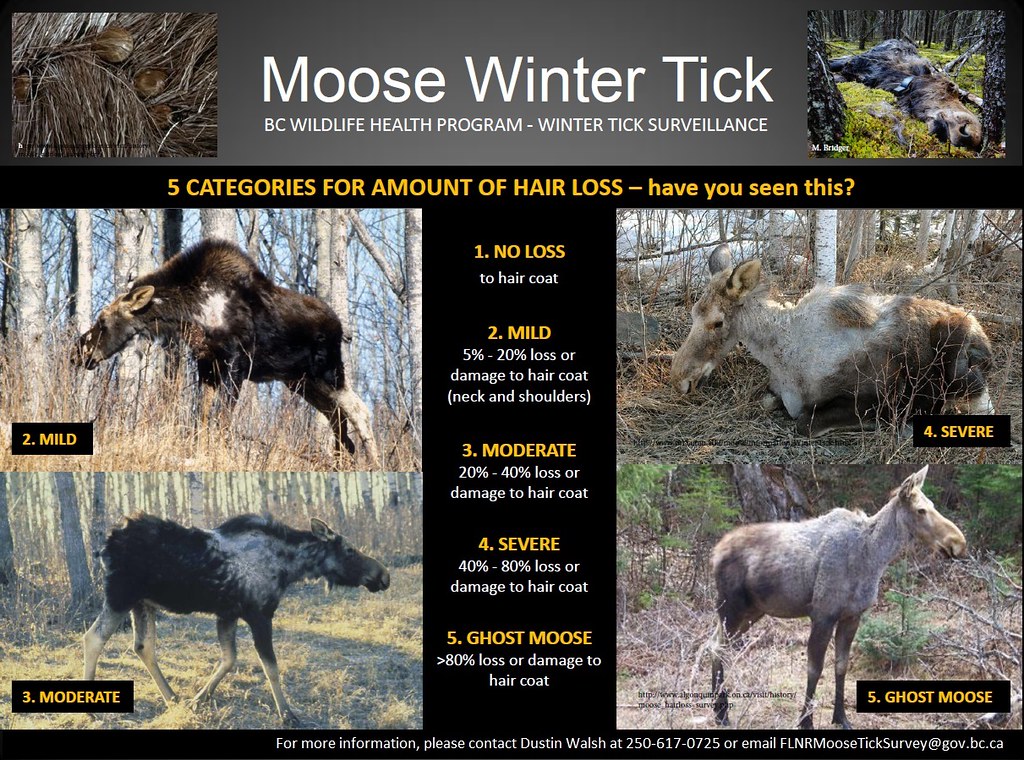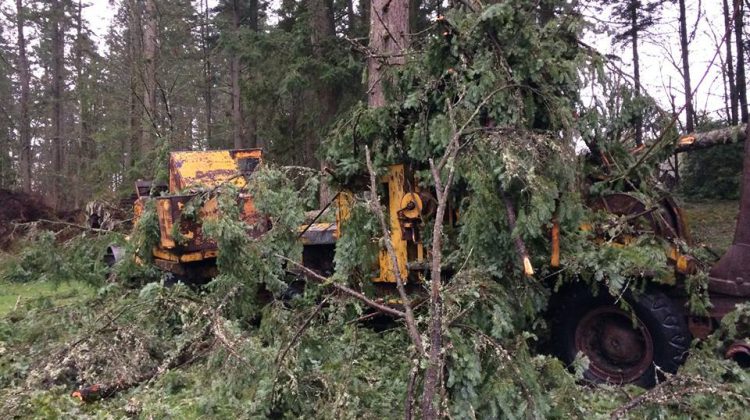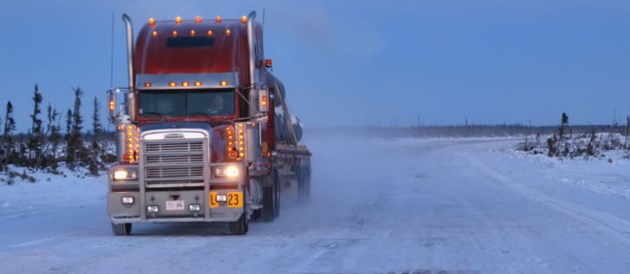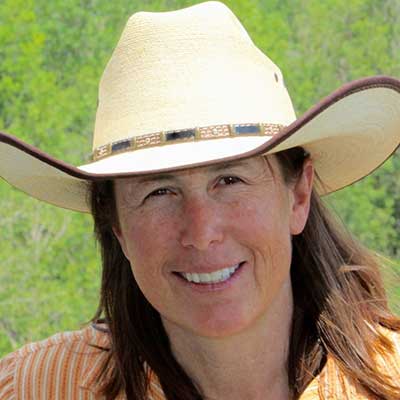 Industry icon Frank Dottori is exiting the lumber business after naming his successor at WRC Timber (Tony Wyszkowski); and sadly, BC’s John Russell PhD, RPF—the world’s leading expert on western red and yellow cedars—has died. Other names making news include:
Industry icon Frank Dottori is exiting the lumber business after naming his successor at WRC Timber (Tony Wyszkowski); and sadly, BC’s John Russell PhD, RPF—the world’s leading expert on western red and yellow cedars—has died. Other names making news include:
- John Ackerly (Green Heat) on the conspiracy against wood stoves
- Fan Williams (Architects’ Journal) on concrete’s unfortunate CO2 footprint
- Lesli Allison (Western Landowners Alliance) on active management of US lands
Elsewhere: Nova Scotia improves trucking efficiency by allowing more B-trains; and home insurance is harder to find in Colorado due to wildfires.
Finally, the Tree Frog News supporter roll-over date is February 1, 2019. As our longtime readers know, we exist solely because of the generosity of our sponsors and our “frog-friends”. Bottom line, if you like the service—you can ensure we continue via our Friend of the Frog donations page. Your small contribution truly makes a difference!
Kelly McCloskey, Tree Frog Editor



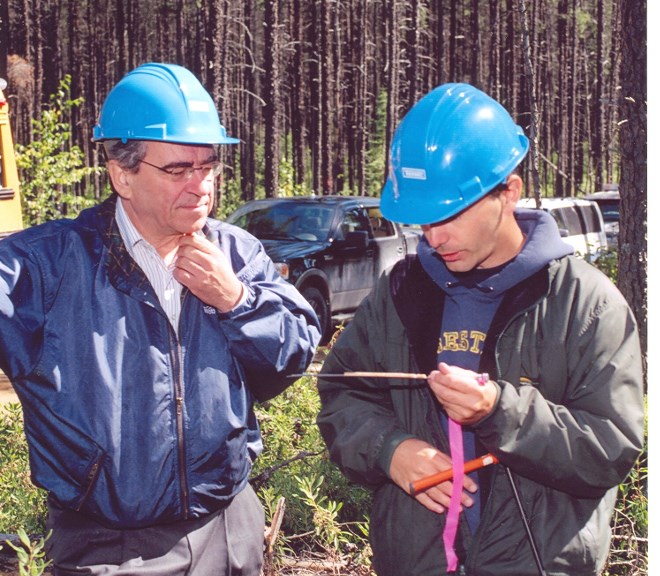
/cdn.vox-cdn.com/uploads/chorus_image/image/60754193/herman_miller_factory.0.jpg) In recent white papers, research firm Freedonia Group outlines effects of U.S. tariffs on metal parts, fasteners, lumber, windows, doors, flooring and cabinets. …These threats have companies worldwide bracing for the impact on global supply chains, as some fear a trade war will lead to another global financial crisis. …The steel and aluminum tariffs also carry significant implications for the US fasteners industry, which is an intensive user of foreign-made steel and aluminum. …Further loss of business to foreign firms that can manufacture the same goods for lower costs is expected going forward, as is the continued offshoring of production operations currently based in the US. Mid-Continent Nail, for example, stated it is looking to relocate its manufacturing activities to Mexico, where it would evade impact of the tariffs.
In recent white papers, research firm Freedonia Group outlines effects of U.S. tariffs on metal parts, fasteners, lumber, windows, doors, flooring and cabinets. …These threats have companies worldwide bracing for the impact on global supply chains, as some fear a trade war will lead to another global financial crisis. …The steel and aluminum tariffs also carry significant implications for the US fasteners industry, which is an intensive user of foreign-made steel and aluminum. …Further loss of business to foreign firms that can manufacture the same goods for lower costs is expected going forward, as is the continued offshoring of production operations currently based in the US. Mid-Continent Nail, for example, stated it is looking to relocate its manufacturing activities to Mexico, where it would evade impact of the tariffs.
